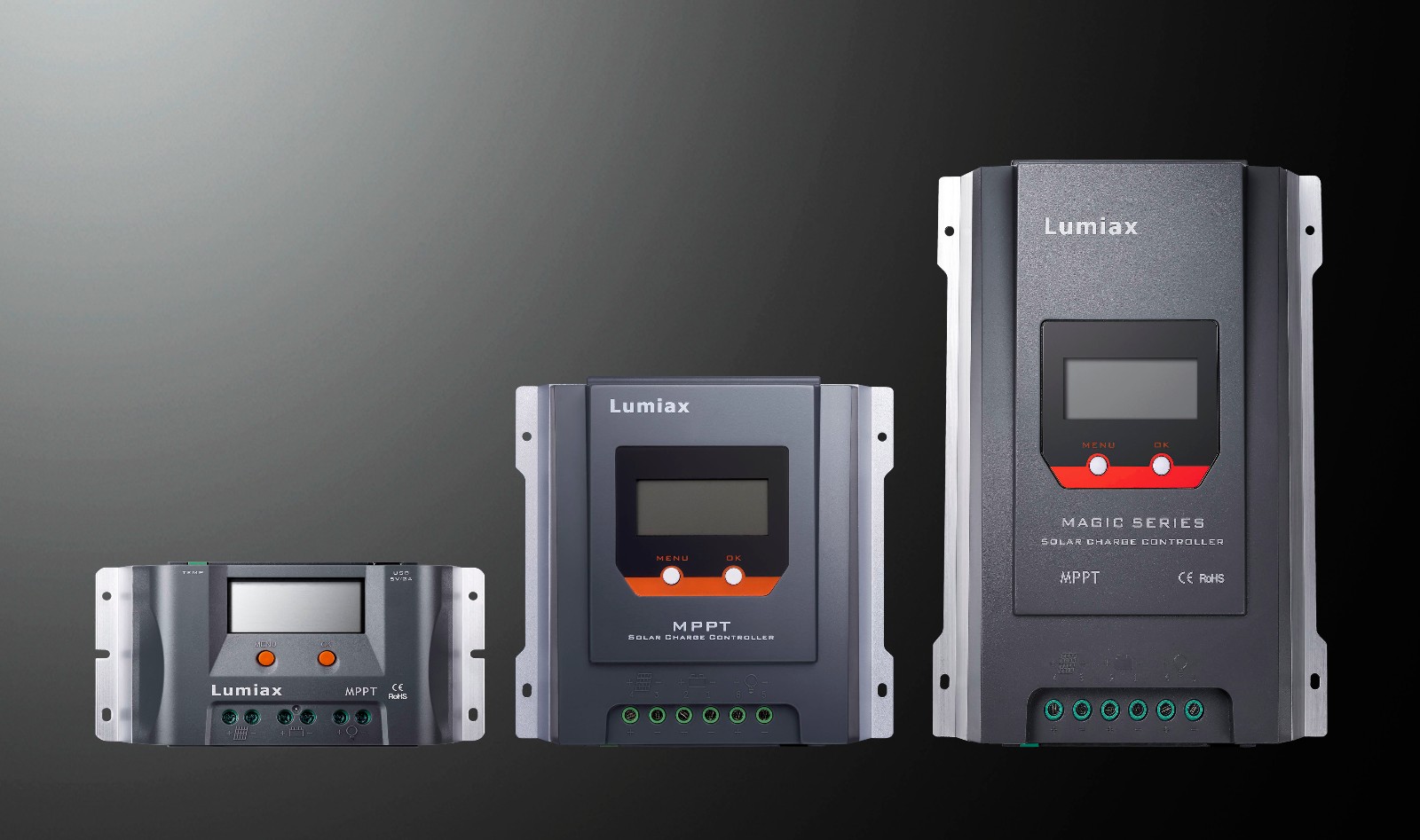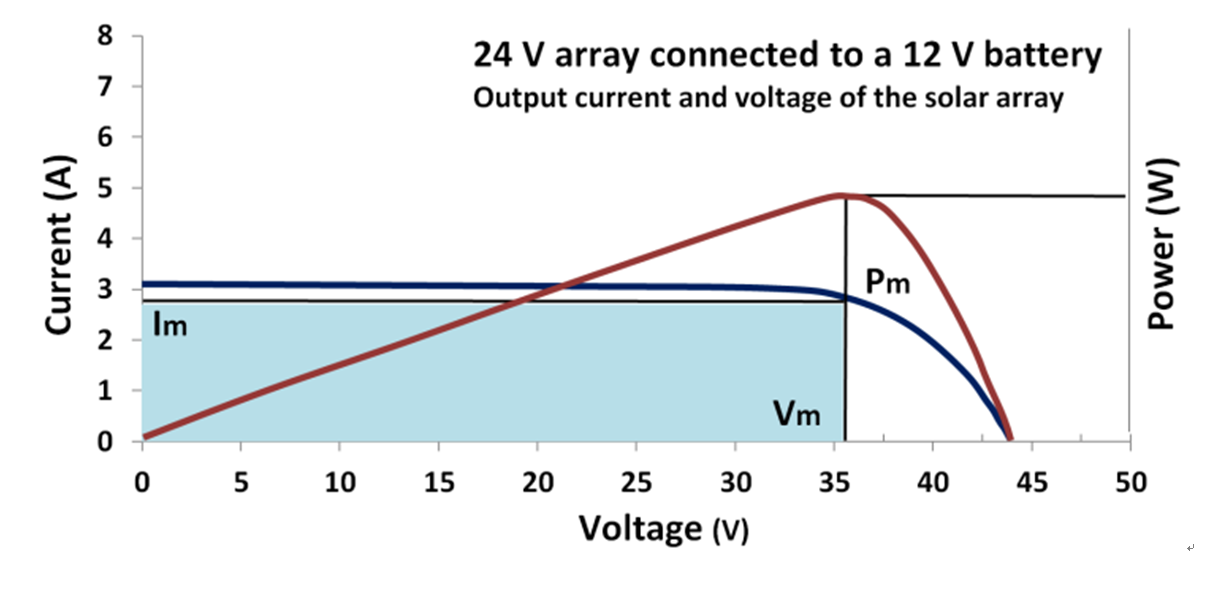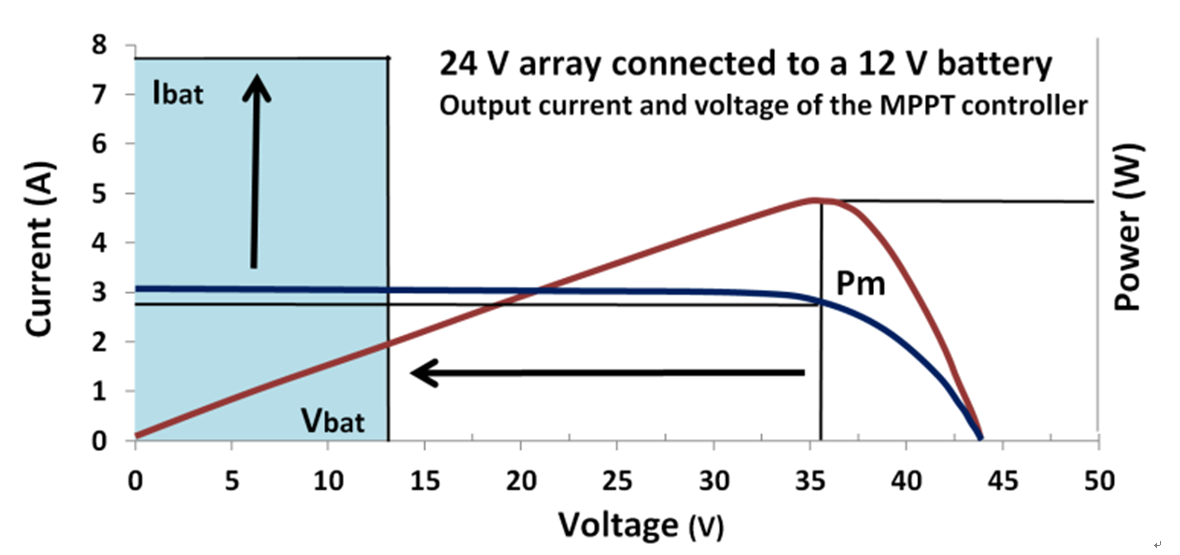PWM solar charge controller:
It is a good low cost solution for small systems only, when solar cell temperature is moderate to high (between 45°C and 75°C).
The PWM solar charge controller is in essence a switch that connects a solar array to a battery. The result is that the voltage of the array will be pulled down to near that of the battery.

MPPT solar charge controller:
It is Maximum Power Point Tracking charge controller and will harvest more power from the solar array .To fully exploit the potential of the MPPT controller, the array voltage should be substantially higher than the battery voltage. The MPPT controller is the solution of choice for higher power systems (because of the lowest overall system cost due to smaller cable cross sectional areas). The MPPT controller will also harvest substantially more power when the solar cell temperature is low (below 45°C), or very high (above 75°C), or when irradiance is very low.
The MPPT solar charge controller is more sophisticated (and more expensive): it will adjust its input voltage to harvest the maximum power from the solar array and then transform this power to supply the varying voltage requirement, of the battery plus load. Thus, it essentially decouples the array and battery voltages so that there can be, for example, a 12 volt battery on one side of the MPPT charge controller and a large number of cells wired in series to produce 36 volts on the other.

Example of a large number of cells wired in series to produce 36 volts

Example of the DC to DC transformation as performed by an MPPT solar charge controller

